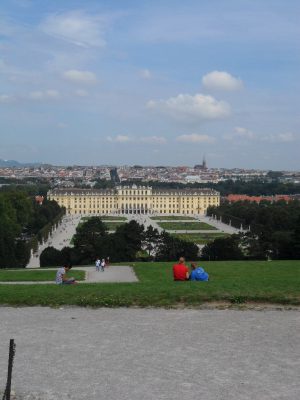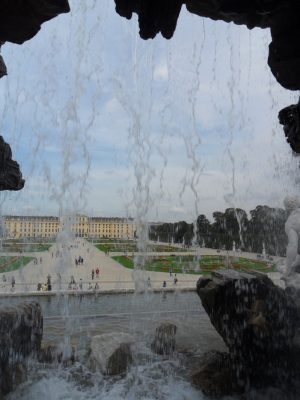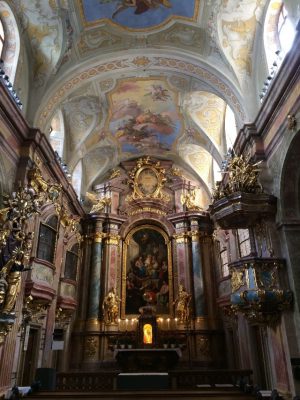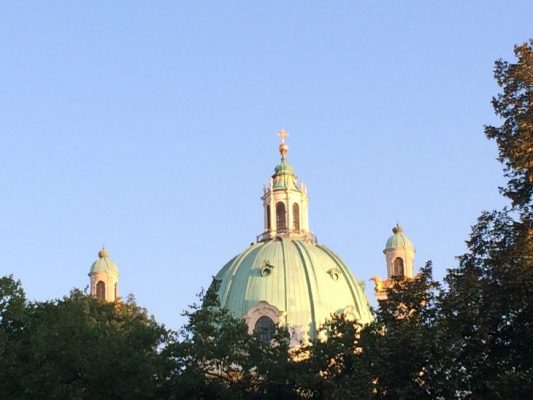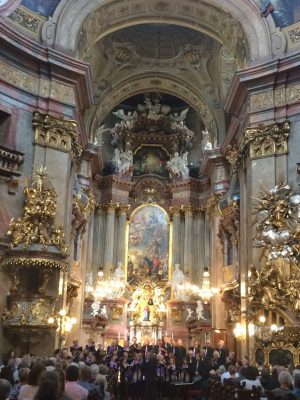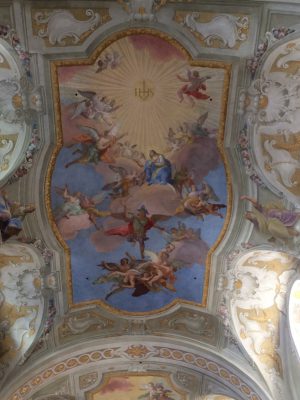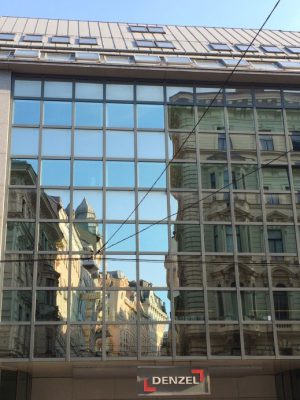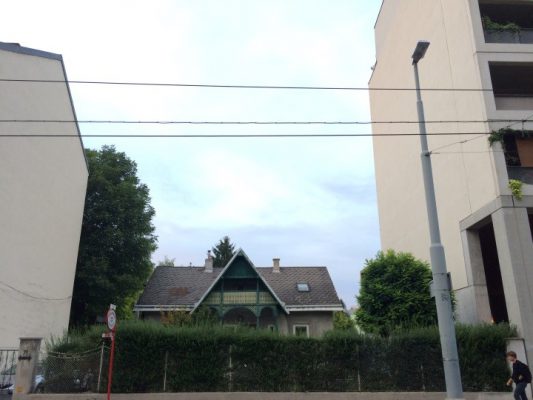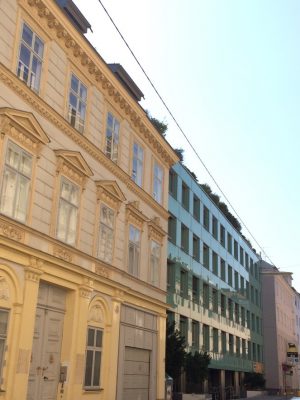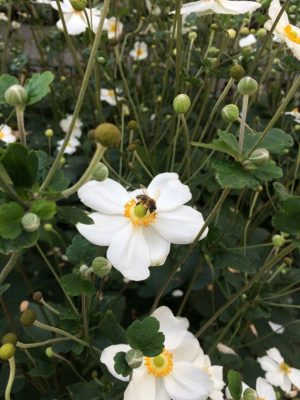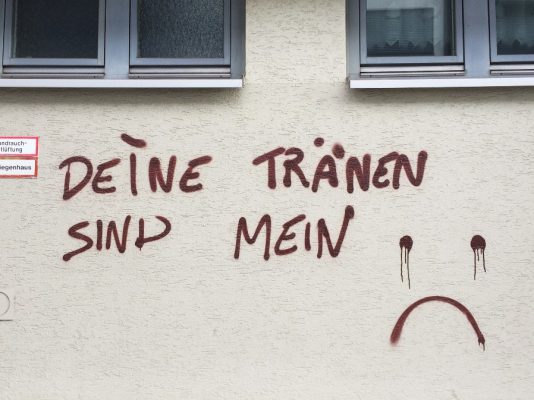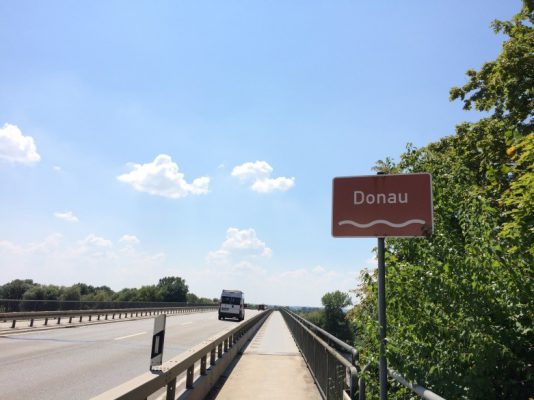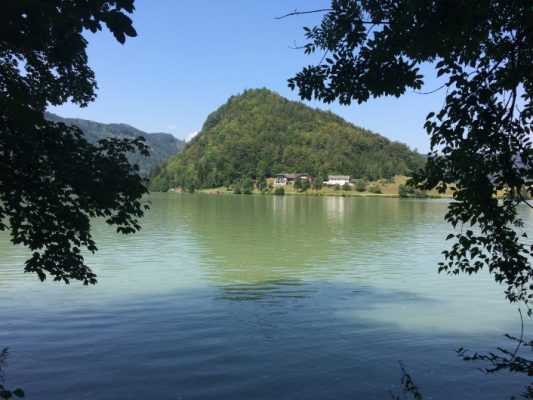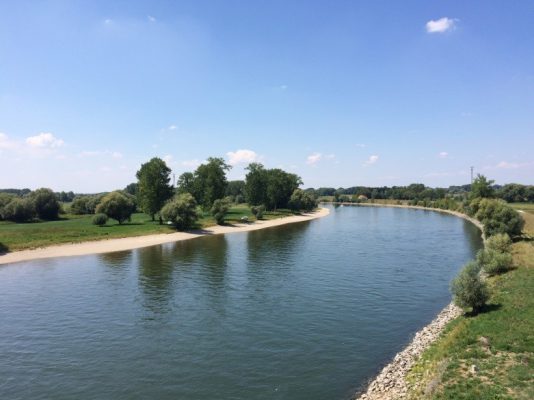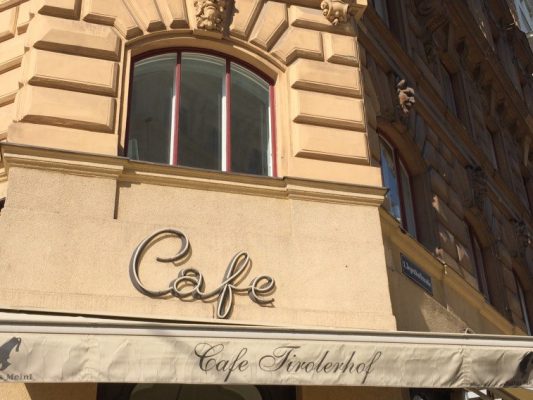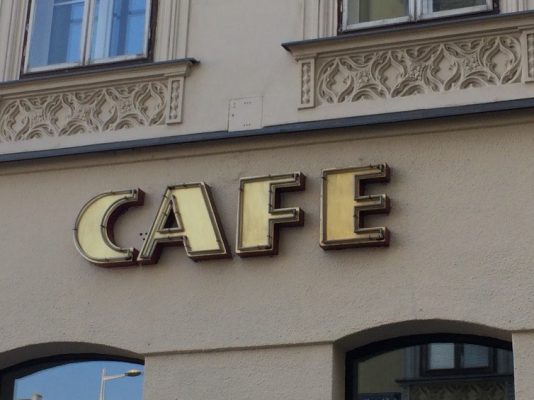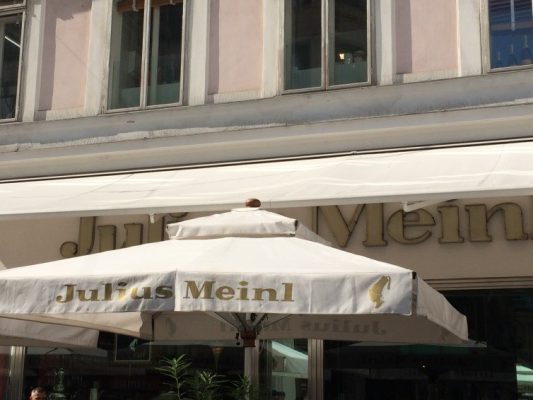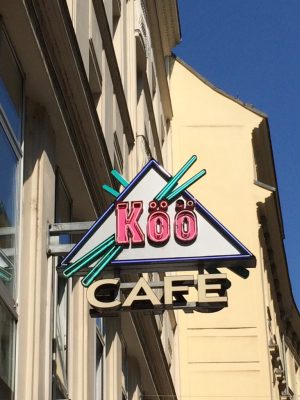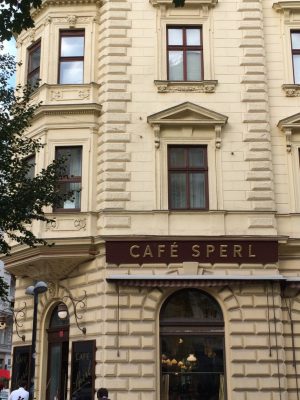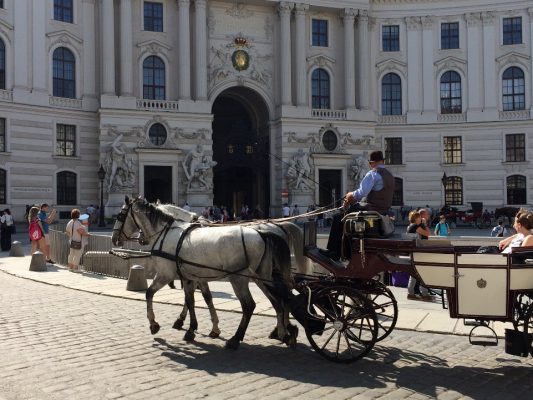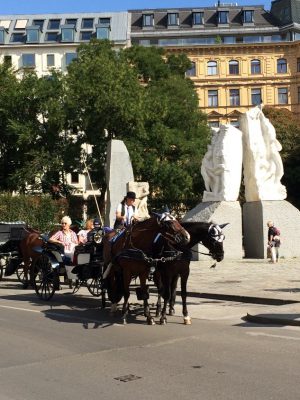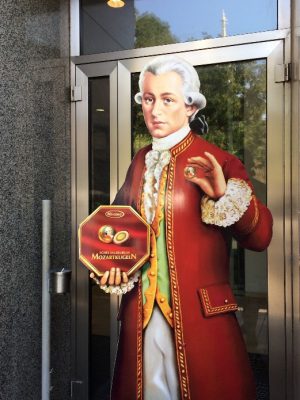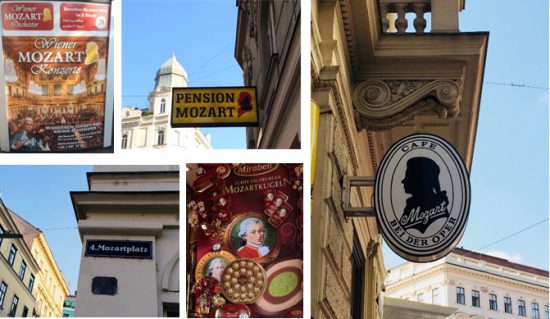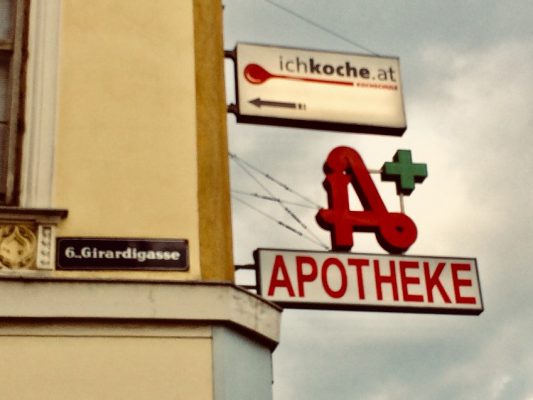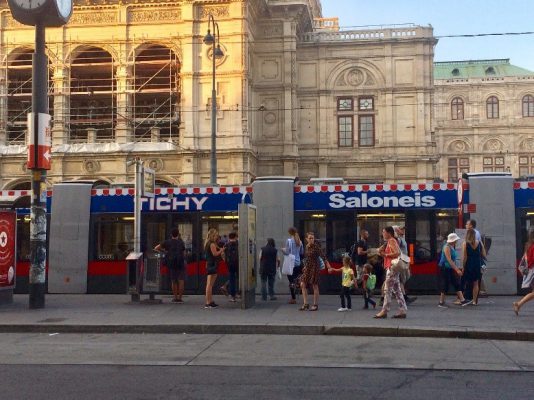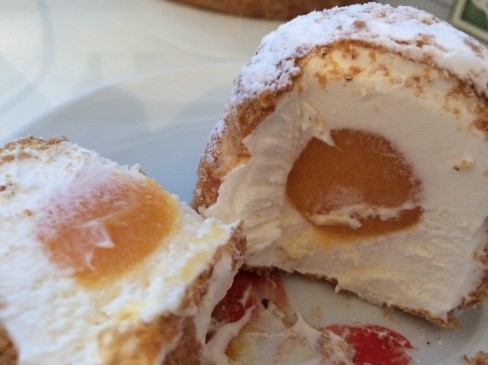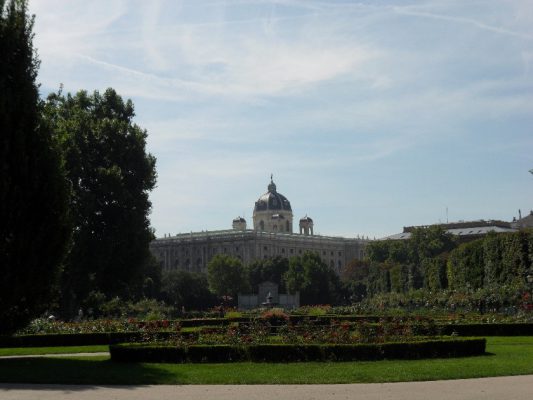 As my participation in my latest course at the Deutsch Akademie in Wien comes to a close, I have come to appreciate the attractions of this beautiful city more than ever. From the elegant townhouse facades, to the beautiful shades of the fall foliage; from the old-world bustle of the streets, to the jaunty street trams jingling past; from the rich history evident on every corner to the easy pace of life here – Vienna is a city which has numerous positive qualities to extol. Experiencing for the first time the city in its autumnal clothing has also been wonderfully enjoyable to witness thanks to the city’s attractive layout.
As my participation in my latest course at the Deutsch Akademie in Wien comes to a close, I have come to appreciate the attractions of this beautiful city more than ever. From the elegant townhouse facades, to the beautiful shades of the fall foliage; from the old-world bustle of the streets, to the jaunty street trams jingling past; from the rich history evident on every corner to the easy pace of life here – Vienna is a city which has numerous positive qualities to extol. Experiencing for the first time the city in its autumnal clothing has also been wonderfully enjoyable to witness thanks to the city’s attractive layout.
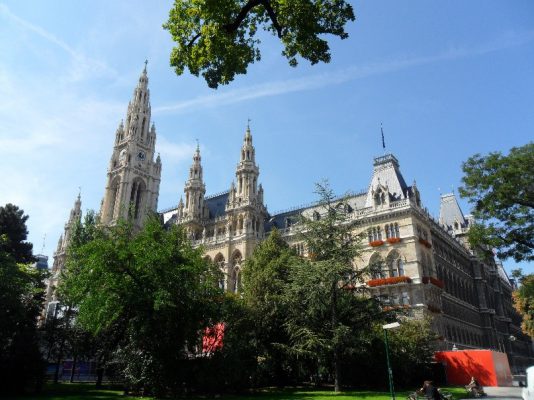 The studies themselves this past month also proved to be challenging but were precisely what I needed, and I was glad to have once again chosen a course with Deutsch Akademie. As the expression goes “If it ain’t broke, don’t fix it” and since I had already found the standard of courses in the school to be of high quality at a competitive price-point, I was happy that I continued with Deutsch Akademie this semester. My teacher was excellent: confidently knowledgeable whilst constantly pushing us to attain a better level of written and spoken German. The atmosphere in the class every day was one of positivity and enthusiasm, even if many of us arrived to class after an already long work-day, and I always looked forward to seeing my comrades-in-grammar-arms, to share our knowledge and have the craic. Meanwhile the team in the office are always nothing but a pleasure to deal with: on every occasion I have needed assistance, I was always greeted with a warm smile and a helpful attitude. Another plus which I really appreciated is the convenient location of the school itself, right next to Karlsplatz U-Bahn station: a major plus for those of us who must dash between work and studies, juggling schedules with narrow margins for time-errors. For anyone thinking of dipping their toes into the tricky-waters that is the German-language, I highly recommend Deutsch Akademie as the place to study.
The studies themselves this past month also proved to be challenging but were precisely what I needed, and I was glad to have once again chosen a course with Deutsch Akademie. As the expression goes “If it ain’t broke, don’t fix it” and since I had already found the standard of courses in the school to be of high quality at a competitive price-point, I was happy that I continued with Deutsch Akademie this semester. My teacher was excellent: confidently knowledgeable whilst constantly pushing us to attain a better level of written and spoken German. The atmosphere in the class every day was one of positivity and enthusiasm, even if many of us arrived to class after an already long work-day, and I always looked forward to seeing my comrades-in-grammar-arms, to share our knowledge and have the craic. Meanwhile the team in the office are always nothing but a pleasure to deal with: on every occasion I have needed assistance, I was always greeted with a warm smile and a helpful attitude. Another plus which I really appreciated is the convenient location of the school itself, right next to Karlsplatz U-Bahn station: a major plus for those of us who must dash between work and studies, juggling schedules with narrow margins for time-errors. For anyone thinking of dipping their toes into the tricky-waters that is the German-language, I highly recommend Deutsch Akademie as the place to study.
Although I never planned to find myself in Vienna, much less Austria, I am very thankful for the circumstances which have brought me here. Though the language is challenging and this barrier can make life that bit more difficult, this pales in comparison with the innumerable advantages which I have been blessed to experience since coming to live here. There is an enriching quality of life to be had in the capital city of this beautiful little country in the heart of Europe.

